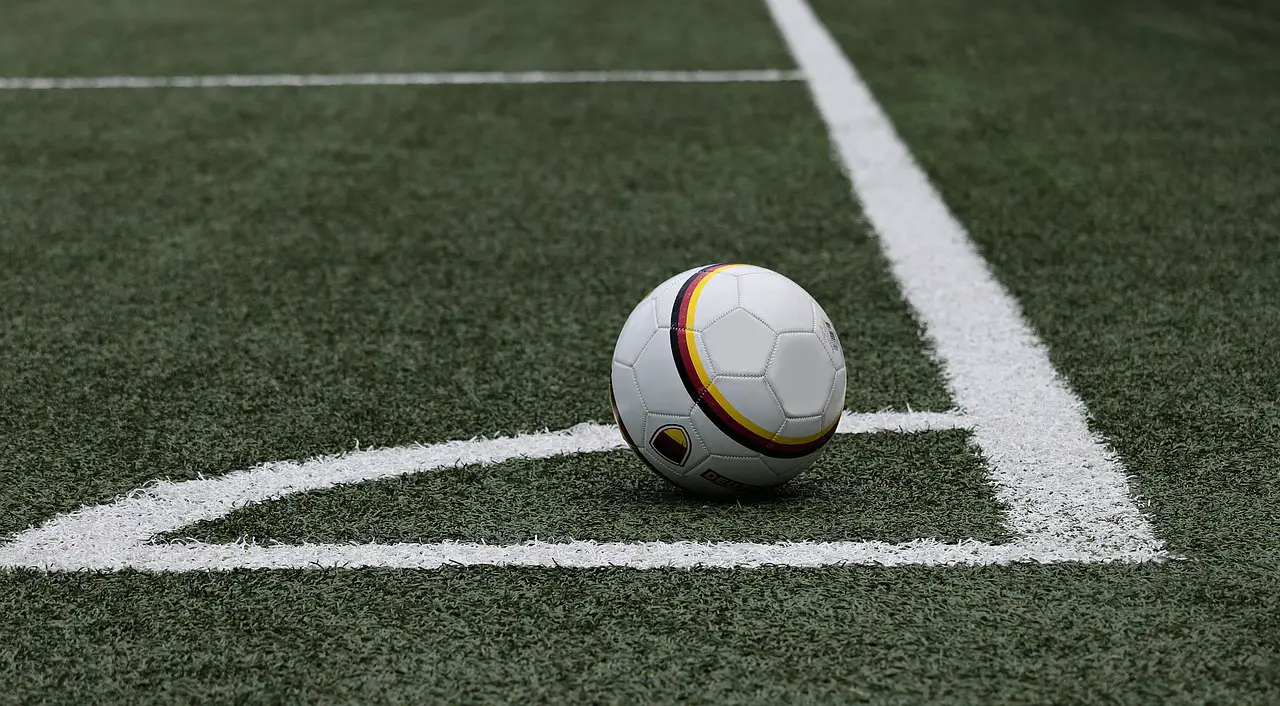?
What is field wetting and why do they do it?
Soccer fields need to be kept in top condition so that players can perform at their best. But just watering the grass isn’t enough to keep the turf in perfect playing condition. That’s where field wetting comes into play. Field wetting, also known as “watering-in,” is a method of applying an additional layer of moisture over the surface of a soccer pitch before or during a match. It helps ensure that players have good traction on the pitch and prevents injuries from slips or falls.
Field wetting also has other benefits such as reducing dust, controlling disease-causing organisms, promoting better drainage and increasing water infiltration into more deeply rooted areas of soil. This helps create healthier soil conditions for longer lasting grass health which in turn provides better playing surfaces for athletes.
How does field wetting work?
Field wetting involves using either sprinklers or hoses to apply extra water onto the surface of an already watered soccer pitch prior to or during a game or practice session. The amount applied depends on how dry the ground is and how much time there is available before kick off – generally around 6-8mm will suffice with higher amounts used if necessary for particularly dry grounds (or when there are long delays). Sprinklers can be used to evenly distribute water across wide areas whereas hoses tend to target specific areas like goalmouths and touchlines more effectively than sprinklers alone can achieve due mainly to their ability to reach further depths within the soil profile. Irrigation systems may also be employed depending on budget availability but this tends not usually occur within amateur leagues due its costliness compared against manual options such as sprays/hosepipes etc..
Conclusion
Field Wetting plays an important role in maintaining healthy playing surfaces by adding extra layers of moisture which help create better traction while minimizing dust & disease risk factors associated with dry pitches – all while keeping costs down by utilizing less expensive manual methods such as hosepipes & sprayers rather than automated irrigation systems typically found at professional stadiums/facilities . Ultimately though no matter what method you use, ensuring your pitches are well looked after remains essential for providing safe & enjoyable environments for players both young & old alike!

